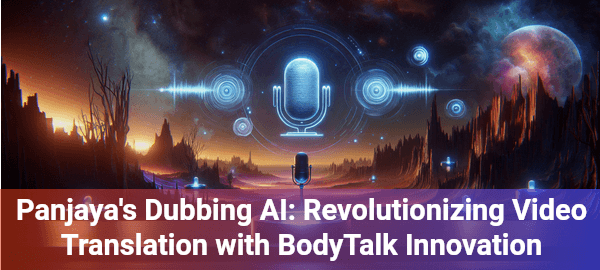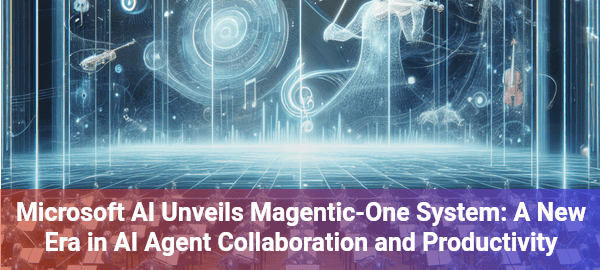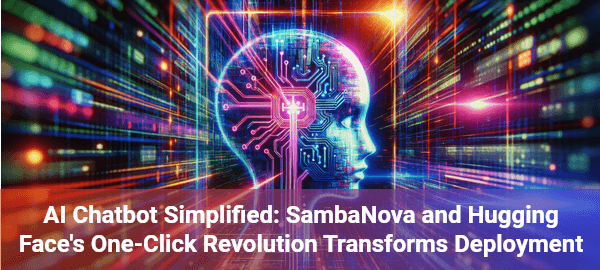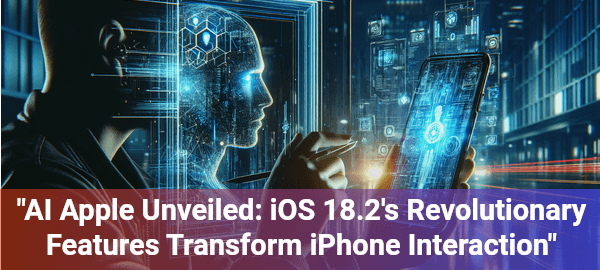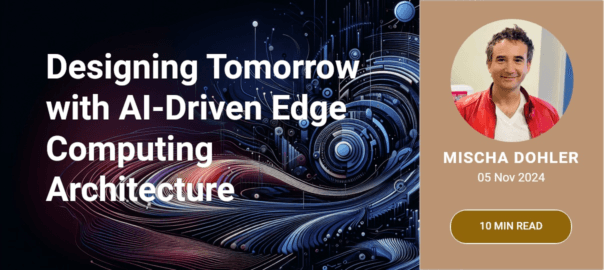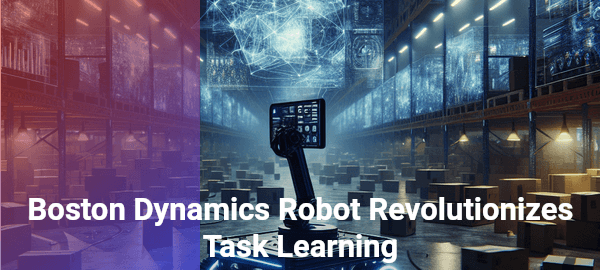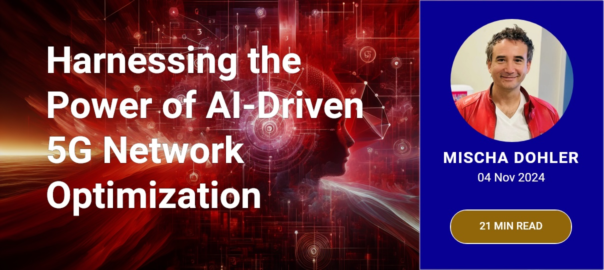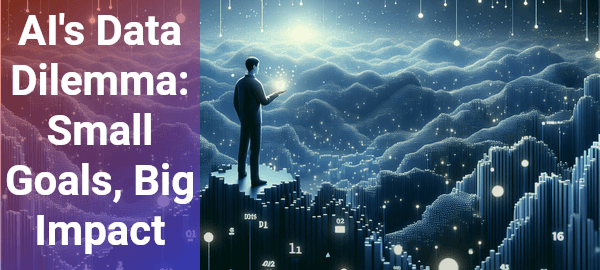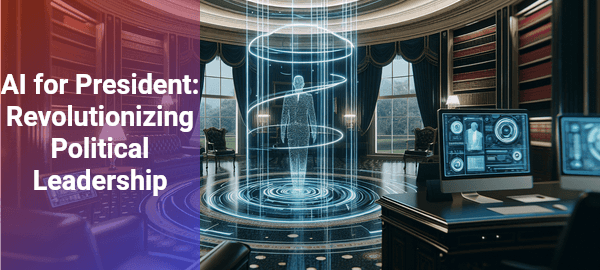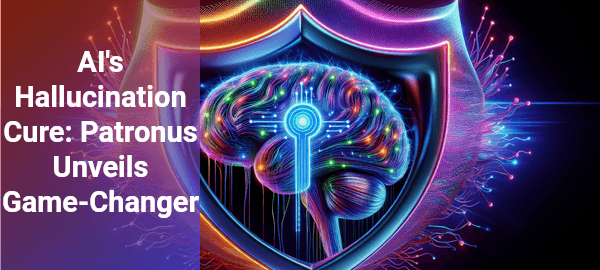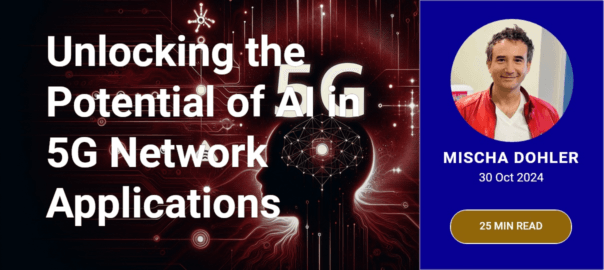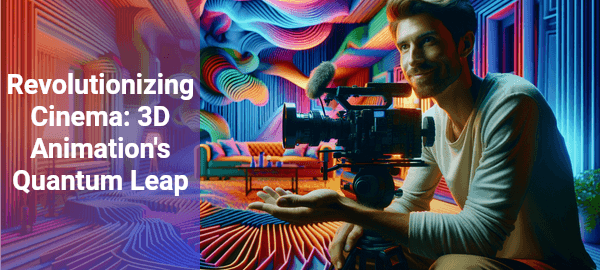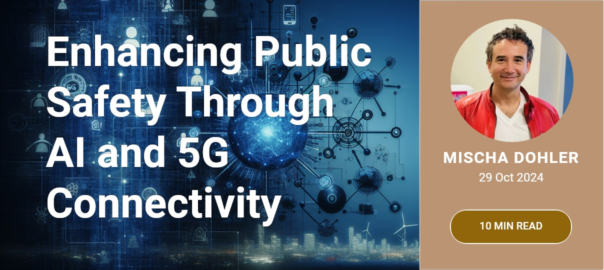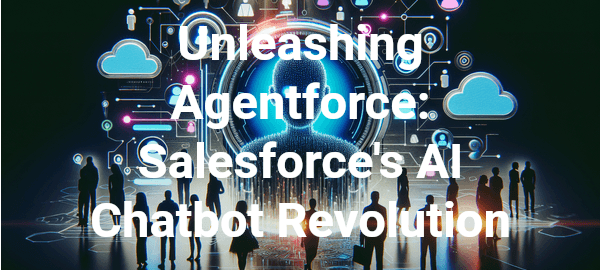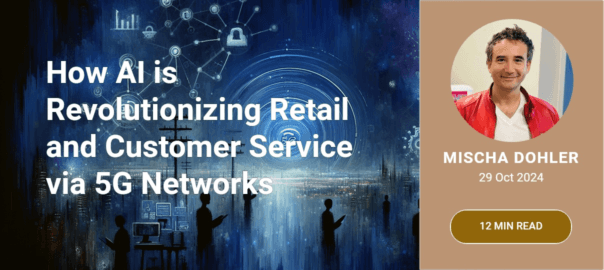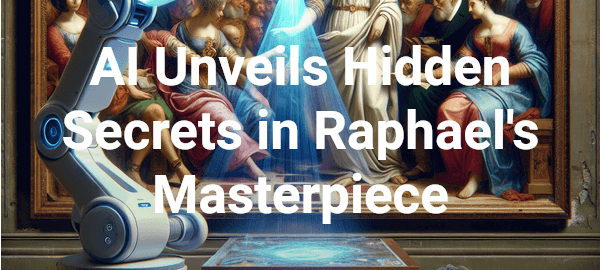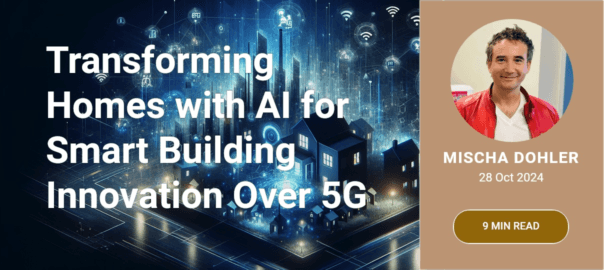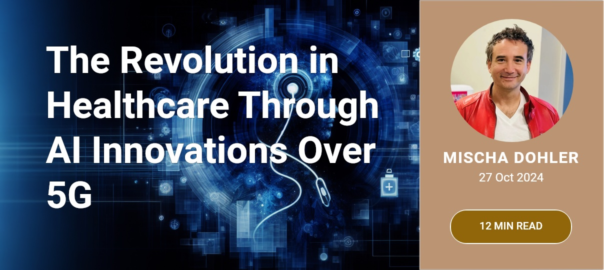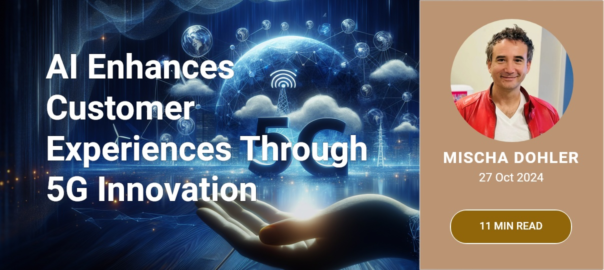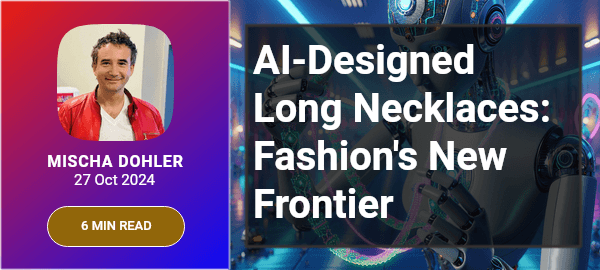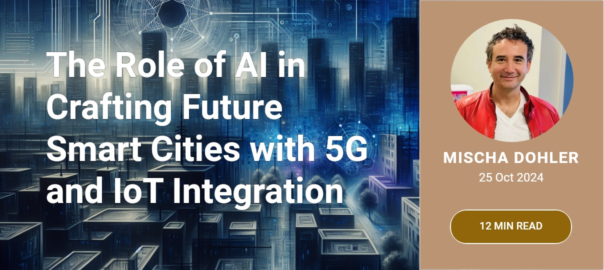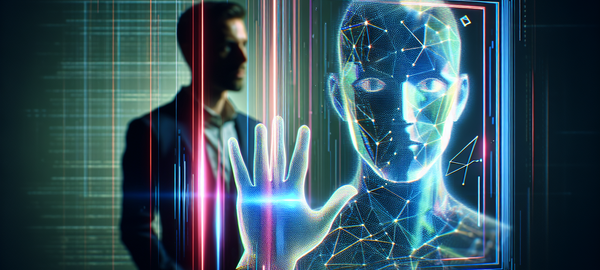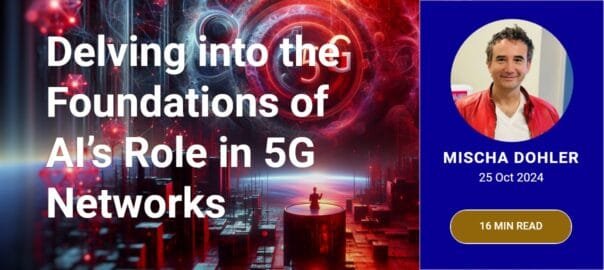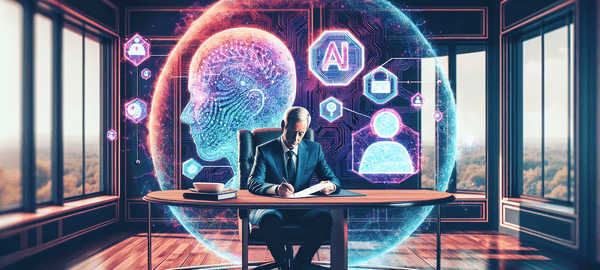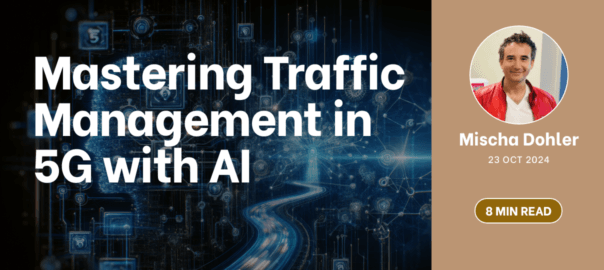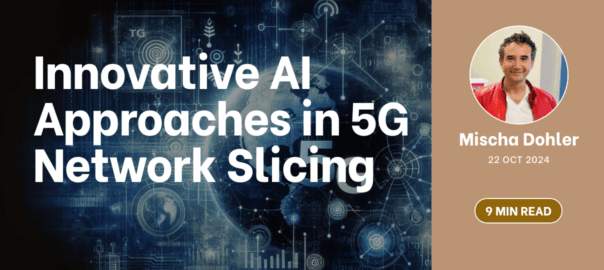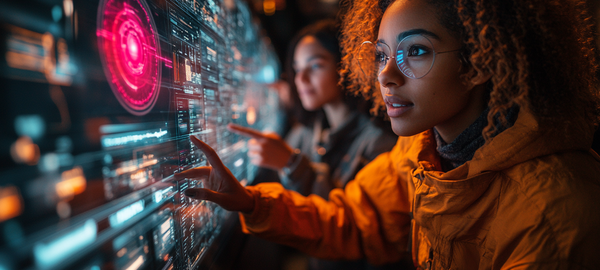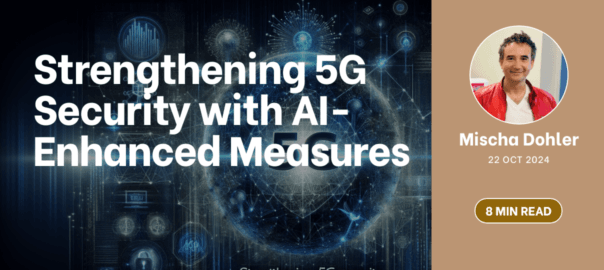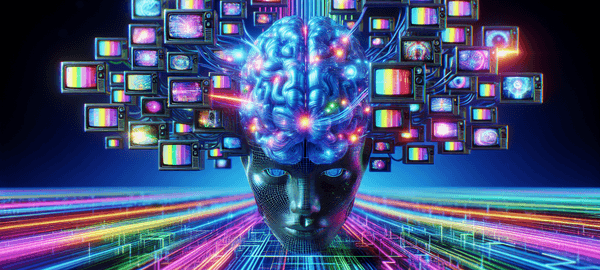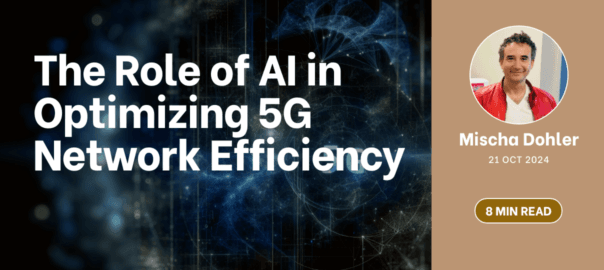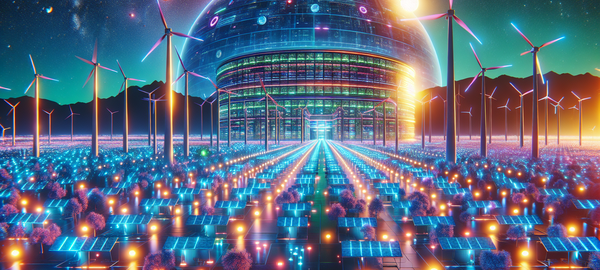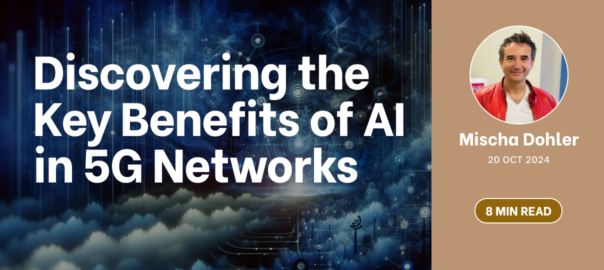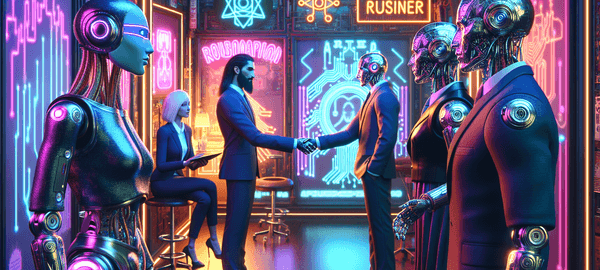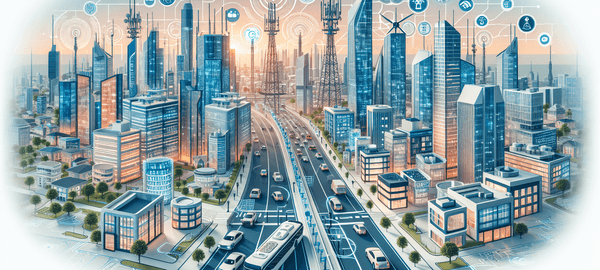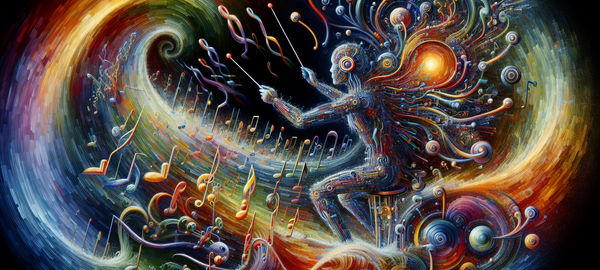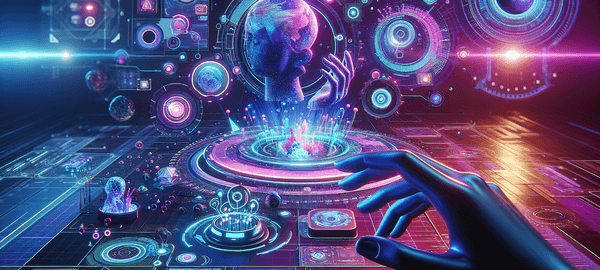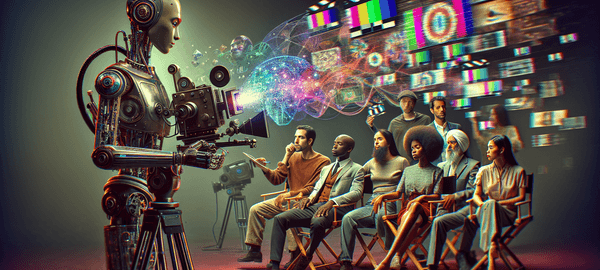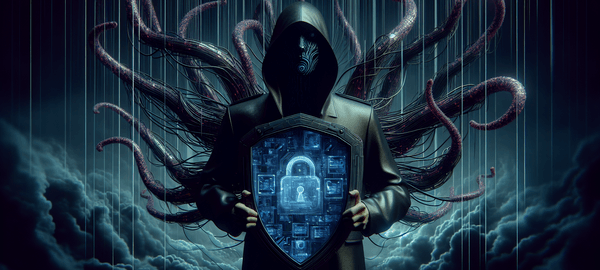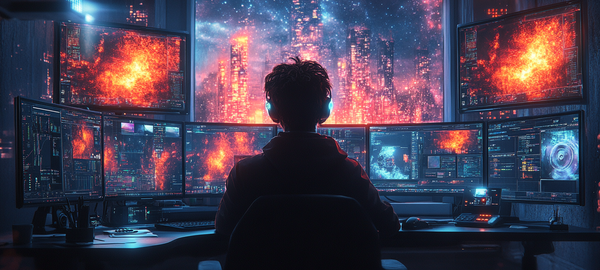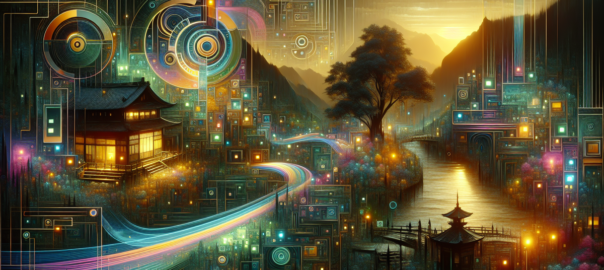This blog explores the transformative impact of integrating Artificial Intelligence (AI) with 5G and future 6G networks. It delves into how this technological synergy is revolutionizing various sectors, including healthcare, smart cities, industrial automation, and education. The blog discusses enhanced network performance, real-time data processing capabilities, and innovative applications that are shaping our future. It also looks ahead to the potential of 6G networks and AI in creating more intelligent and connected systems, promising significant advancements across industries.
Table of Contents
1.1 AI-Driven Network Optimization
The integration of AI in 5G networks marks a significant leap in network optimization. AI algorithms analyze vast amounts of data to enhance spectrum management, predict network congestion, and reduce latency. By leveraging machine learning techniques, 5G networks can dynamically allocate resources, ensuring optimal performance even during peak usage periods. This intelligent resource allocation minimizes network failures and downtime, resulting in a more reliable and efficient network infrastructure.
AI’s role in 5G extends to predictive maintenance and self-healing networks. By continuously monitoring network health and performance metrics, AI systems can identify potential issues before they escalate, allowing for proactive interventions. This predictive approach significantly reduces network downtime and improves overall reliability. Moreover, AI-driven optimization techniques enable 5G networks to adapt to changing conditions in real-time, ensuring consistent performance across diverse environments and use cases.
The synergy between AI and 5G creates a foundation for seamless connectivity experiences. As highlighted in this article on AI’s role in boosting network performance, AI-driven optimization leads to reduced latency, improved throughput, and enhanced quality of service. This optimization is crucial for supporting emerging technologies such as autonomous vehicles, industrial IoT, and augmented reality applications, which demand ultra-reliable and low-latency communications.
1.2 Enhanced Data Processing and Real-Time Analytics
The combination of AI and 5G networks revolutionizes data processing and analytics capabilities. 5G’s high-speed, low-latency infrastructure enables the transmission of massive amounts of data in real-time, while AI algorithms process and analyze this data with unprecedented speed and accuracy. This synergy allows for instantaneous insights and decision-making, transforming various industries from healthcare to smart cities.
In the retail sector, for instance, AI and 5G are revolutionizing customer service and operations. Real-time analytics powered by AI can process customer data, predict behaviors, and personalize experiences on-the-fly. This capability enables retailers to optimize inventory management, implement dynamic pricing strategies, and enhance customer engagement through immersive shopping experiences.
The impact of enhanced data processing extends beyond retail. In industrial settings, AI-driven real-time analytics facilitate predictive maintenance, optimize production lines, and enable agile supply chain management. This rapid data processing and analysis capability drives innovation across sectors, providing organizations with a competitive edge through data-driven decision-making and operational efficiency.
1.3 Seamless Device Connectivity
AI plays a crucial role in managing the vast network of connected devices in 5G ecosystems. As the Internet of Things (IoT) continues to expand, 5G networks must support millions of devices simultaneously. AI algorithms optimize connection management, ensuring efficient data routing and prioritization. This intelligent connectivity management is essential for maintaining network performance and reliability in densely connected environments.
The seamless connectivity enabled by AI and 5G forms the backbone of smart cities and IoT ecosystems. As explored in this analysis of AI’s role in smart cities, the integration of these technologies allows for real-time data collection and analysis from various urban systems. This comprehensive data network supports intelligent traffic management, efficient energy distribution, and enhanced public safety measures.
Furthermore, AI’s role in device connectivity extends to ensuring interoperability between diverse IoT devices and protocols. By intelligently managing network resources and optimizing communication pathways, AI enables seamless interaction between different smart devices, creating a more cohesive and efficient IoT ecosystem. This level of connectivity is crucial for realizing the full potential of smart homes, autonomous vehicles, and industrial IoT applications.
1.4 Predictive Network Management
AI’s predictive capabilities revolutionize 5G network management by anticipating and mitigating potential issues before they impact service quality. Machine learning algorithms analyze historical and real-time network data to identify patterns and anomalies, enabling proactive maintenance and optimization. This predictive approach significantly reduces network downtime, enhances reliability, and improves overall user experience.
In the context of public safety, AI and 5G integration enhances emergency response systems. Predictive network management ensures critical communication channels remain operational during emergencies. AI algorithms can forecast network congestion in disaster-prone areas and dynamically allocate resources to maintain connectivity for first responders and affected populations.
Beyond emergency scenarios, predictive network management optimizes resource allocation for everyday operations. AI-driven systems can anticipate peak usage periods, automatically adjust network parameters, and efficiently distribute bandwidth across various services. This proactive management approach not only improves network performance but also enhances energy efficiency and reduces operational costs, paving the way for more sustainable and resilient 5G networks.

2.1 Healthcare Revolution
The integration of AI and 5G is revolutionizing healthcare, enabling instant medical data analysis and improved remote patient monitoring. This synergy facilitates advanced telemedicine applications, allowing for real-time, location-independent consultations. AI diagnostic tools leverage 5G for immediate insights during remote consultations, significantly enhancing the efficiency and reach of healthcare services.
The combination of AI and 5G enables highly personalized healthcare through comprehensive data analysis. Real-time data processing supports informed, rapid decision-making by healthcare providers and enhances patient self-management capabilities. This technology integration also accelerates medical research and therapy development, potentially leading to breakthroughs in treatment methodologies.
Smart hospitals and robotic surgeries benefit immensely from AI and 5G integration, improving surgical precision and patient outcomes. The enhanced collaboration among global medical professionals facilitated by 5G and AI further advances the field, enabling the sharing of expertise across borders. This integration ultimately leads to a more responsive, efficient, and personalized healthcare ecosystem.
2.2 Smart Cities and Urban Management
AI and 5G are transforming urban landscapes into intelligent ecosystems, enhancing the quality of urban living through advanced data processing and connectivity. 5G’s high-speed connectivity enables seamless, real-time operation of IoT devices, creating a comprehensive city data network. AI analyzes this vast amount of data to automate processes and inform better decision-making in urban management.
The synergy between AI and 5G optimizes resource utilization and improves city services through real-time data analysis. AI’s predictive capabilities enhance urban planning, anticipating trends and needs to improve livability. Smart grids, intelligent transport systems, and efficient waste management are just a few examples of how AI and 5G are revolutionizing urban infrastructure management.
This technological integration not only improves the efficiency of city operations but also drives economic growth and urban sustainability. By enabling predictive models for energy use, traffic flow, and service delivery, AI and 5G are paving the way for more responsive and adaptive urban environments. The transition from smart cities to cognitive cities is accelerated by this powerful combination of technologies.
2.3 Industrial Automation and Manufacturing
The integration of AI and 5G is revolutionizing industrial automation, enabling real-time data processing and decision-making in manufacturing environments. 5G reduces latency by 90%, facilitating near-instant communication in robotic and quality control systems. This synergy enhances productivity, potentially reducing defects by 50% and increasing overall productivity by 20% in manufacturing processes.
Predictive maintenance, powered by AI and 5G, significantly reduces downtime and extends machine life. The continuous real-time monitoring of equipment health minimizes operational risks and optimizes performance. Smart factories, enabled by this technological integration, advance adaptability and customization in manufacturing processes, leading to more efficient and flexible production lines.
By 2025, AI and 5G are projected to be implemented in over 80% of manufacturing operations, potentially increasing efficiency by 30%. This adoption can lead to a 25% reduction in operational costs. The shift towards AI and 5G in manufacturing also creates new high-skilled job roles in data analysis and AI management, potentially growing by 25% due to increased automation.
2.4 Retail and Customer Service Enhancement
AI and 5G are revolutionizing the retail sector by enabling ultra-fast data processing and real-time analytics. This integration enhances inventory management, pricing strategies, and consumer behavior predictions. Edge computing and machine learning drive AI-powered decision-making in retail, transforming the industry into part of an interconnected ecosystem within smart cities.
The synergy between AI and 5G is advancing immersive shopping experiences, significantly enhancing customer engagement. AI applications facilitate precise marketing strategies, increasing customer retention and satisfaction. The combination streamlines retail operations, including supply chain automation and security measures, enabling rapid innovation and providing a competitive edge in the market.
Retailers can leverage real-time data insights for faster, more informed decision-making, leading to improved operational efficiency and customer engagement. The integration of AI and 5G in retail not only enhances the shopping experience but also optimizes backend processes, creating a more responsive and efficient retail ecosystem. This technological advancement is set to redefine customer service standards and operational paradigms in the retail industry.
3. AI in 5G: Empowering Next-Generation Applications
3.1 Autonomous Vehicles and Smart Transportation
The integration of AI and 5G is revolutionizing autonomous vehicle technology and smart transportation systems. AI enables real-time navigation and decision-making, while 5G provides the crucial low-latency communication necessary for vehicle-to-everything (V2X) interactions. This synergy enhances the capability of autonomous vehicles to process and react to their environment instantaneously, significantly improving safety and efficiency on the roads.
5G’s ultra-fast connectivity allows AI systems to analyze vast amounts of sensor data in real-time, enabling vehicles to make split-second decisions. This is particularly vital in urban environments where vehicles must navigate complex traffic patterns and unexpected obstacles. AI’s predictive capabilities, powered by 5G, improve route efficiency and reduce travel times by anticipating traffic conditions and optimizing navigation.
The combination of AI and 5G in transportation extends beyond individual vehicles, fostering the development of intelligent, responsive transportation systems. V2X communication enabled by this technology optimizes traffic flow, reduces congestion, and enhances overall urban mobility. As these systems evolve, they pave the way for more efficient and safer transportation networks, marking a significant step towards the realization of truly smart cities.
3.2 Environmental Monitoring and Sustainability
AI and 5G are transforming environmental monitoring and sustainability efforts through enhanced real-time data collection and analysis capabilities. This technological synergy enables swift detection of environmental changes and supports the development of predictive models for ecosystem management. The integration of these technologies is crucial for addressing pressing environmental challenges and implementing effective conservation strategies.
5G’s high-speed, low-latency connectivity allows for the rapid transmission of large volumes of environmental data, while AI algorithms process this information in real-time. This enables applications such as air and water quality assessments, vital for pollution detection and leak identification. The combination of AI and 5G also supports the development of early warning systems for natural disasters, potentially saving lives and resources through accurate predictions.
The dynamic responsiveness enabled by AI and 5G optimizes conservation efforts and resource management. These technologies facilitate the creation of self-regulating urban ecosystems and support precision-focused environmental management. By providing real-time insights and predictive capabilities, AI and 5G empower decision-makers to implement more effective and timely environmental policies, ultimately contributing to more sustainable practices across various industries.
3.3 Smart Homes and Buildings
AI and 5G are revolutionizing smart home technology, transforming residences into intelligent ecosystems capable of real-time data processing and adaptive responses. AI enables sophisticated home automation, while 5G provides the seamless connectivity required for IoT devices to communicate and operate efficiently. This integration leads to enhanced energy efficiency, improved security, and personalized living experiences tailored to individual preferences.
Smart thermostats leveraging AI and 5G predict and adjust temperatures based on occupant habits and weather conditions, optimizing comfort while reducing energy consumption. Lighting systems adapt to natural light variations and user preferences, further contributing to energy savings. AI-powered energy management systems, facilitated by 5G’s near-instant response capabilities, can significantly reduce energy waste and utility costs, with potential savings of up to 30%.
Security in smart homes is greatly enhanced through AI and 5G, with real-time threat analysis and advanced facial recognition technologies. These systems can reduce false security alarms by up to 90%, providing more reliable protection. As AI continues to learn and evolve, it personalizes the home experience to meet occupants’ changing preferences, creating living spaces that are not only efficient and secure but also uniquely tailored to individual lifestyles.
3.4 Public Safety and Emergency Response
The integration of AI and 5G is revolutionizing public safety systems and emergency response protocols. This technological synergy enables real-time data analysis, rapid resource deployment, and predictive emergency response capabilities. The result is a more effective crisis management system that significantly improves public safety outcomes and enhances the overall resilience of communities.
AI-powered drones coupled with 5G connectivity enable rapid resource deployment and enhanced surveillance during crises. Machine learning algorithms, leveraging 5G’s reliable connectivity, allow for proactive disaster scenario prediction and swift decision-making. AI-driven dispatch systems optimize emergency response times and allocate resources based on real-time needs, ensuring that first responders have constant access to crucial information.
Looking ahead, the integration of AI and 5G in public safety promises even more advanced innovations. These may include autonomous emergency vehicles and real-time biometric monitoring systems. By enabling anticipatory mitigation of crises, AI and 5G are redefining public safety paradigms, moving from reactive to proactive approaches. This shift not only enhances immediate emergency response but also contributes to long-term community safety and resilience.
4. AI in 6G: Paving the Way for Future Innovations
4.1 Enhanced Network Intelligence
The integration of AI in 6G networks is poised to revolutionize network optimization and management. AI in 6G is expected to enable self-organizing networks, predictive maintenance, and adaptive resource allocation, leading to unprecedented network efficiency and reliability. These advancements will build upon the foundations laid by 5G, pushing the boundaries of what’s possible in telecommunications.
AI-driven 6G networks will leverage machine learning algorithms to anticipate network demands, automatically adjusting resources to maintain optimal performance. This predictive capability will significantly reduce latency and improve overall network responsiveness. Furthermore, AI will enhance network security by detecting and mitigating potential threats in real-time, ensuring a more robust and resilient communication infrastructure.
The synergy between AI and 6G will facilitate the development of cognitive networks capable of learning from past experiences and adapting to changing conditions. This will result in networks that can self-optimize, self-heal, and self-configure, minimizing human intervention and maximizing efficiency. As we move towards 6G, the role of AI in network intelligence will become increasingly critical, paving the way for innovations across various sectors.
4.2 Advanced Education and Remote Learning
The convergence of AI and 6G technologies is set to transform the educational landscape, offering unprecedented opportunities for advanced and remote learning. AI-enabled education innovations will leverage 6G’s ultra-low latency and high-speed connectivity to create immersive learning experiences, personalized education paths, and global collaboration opportunities, leading to more accessible and effective education systems.
6G networks will enable real-time, high-fidelity virtual and augmented reality experiences, allowing students to engage in interactive simulations and virtual field trips with unprecedented realism. AI algorithms will analyze learner data in real-time, adapting content delivery and providing instant, personalized feedback to optimize the learning process. This synergy will foster a more engaging and effective educational environment, catering to diverse learning styles and needs.
The integration of AI and 6G will also facilitate seamless global learning collaborations, breaking down geographical barriers and enabling students to interact with experts and peers worldwide. Advanced AI-powered language translation tools will further enhance these cross-cultural exchanges, promoting a truly global learning ecosystem. As 6G technology matures, we can expect a paradigm shift in education, making high-quality learning experiences more accessible and personalized than ever before.
4.3 Holographic Communication and Extended Reality
The fusion of AI and 6G technologies is set to revolutionize communication by enabling real-time holographic interactions and seamless extended reality experiences. Building upon the foundations of AI-enhanced customer experiences in 5G, 6G will take these concepts to new heights, transforming how we interact and communicate in both personal and professional contexts.
6G’s ultra-high bandwidth and near-zero latency, combined with advanced AI algorithms, will make holographic communication a reality. This technology will allow for lifelike, three-dimensional representations of people and objects to be transmitted and displayed in real-time, creating a sense of presence that surpasses current video conferencing capabilities. AI will play a crucial role in processing and rendering these complex holographic data streams, ensuring smooth and natural interactions.
Extended reality (XR) experiences, encompassing virtual, augmented, and mixed reality, will reach new levels of immersion and interactivity with 6G and AI. These technologies will enable seamless transitions between physical and digital worlds, blurring the lines between reality and virtual environments. From immersive educational experiences to revolutionary healthcare applications, the combination of AI, 6G, and XR will open up new possibilities for human interaction and collaboration across various industries.
4.4 Cognitive Cities and Advanced Urban Management
The integration of AI and 6G technologies will usher in the era of cognitive cities, representing a significant leap forward from the current smart city paradigm. Building on the foundation of AI in smart cities with 5G and IoT, 6G will enable real-time, AI-driven urban management systems and self-regulating urban ecosystems, leading to more efficient, sustainable, and responsive cities of the future.
6G’s ultra-high-speed connectivity and massive device integration capabilities will allow for the seamless operation of millions of IoT sensors and devices across urban environments. AI algorithms will process this vast amount of data in real-time, enabling predictive analytics and automated decision-making for various urban systems, including traffic management, energy distribution, waste management, and public safety.
The concept of cognitive cities goes beyond mere data collection and analysis. These future urban environments will possess a level of awareness and adaptability, continuously learning and evolving to meet the changing needs of their inhabitants. AI-driven systems will anticipate and respond to urban challenges proactively, optimizing resource allocation and improving the overall quality of life for citizens. As 6G technology matures, we can expect to see the emergence of truly intelligent and responsive urban ecosystems.
In conclusion, the integration of AI with 5G and future 6G networks is set to revolutionize various sectors, from healthcare and smart cities to industrial automation and education. This technological synergy promises enhanced network performance, real-time data processing, and innovative applications that will shape our future. As we move towards more intelligent and connected systems, the potential for transformative change across industries is immense, paving the way for more efficient, sustainable, and responsive solutions to global challenges.
5 Take-Aways on AI in 5G and 6G Networks
- AI-driven network optimization in 5G enhances spectrum management, reduces latency, and enables self-healing networks, significantly improving overall performance and reliability.
- The combination of AI and 5G facilitates real-time data processing and analytics, revolutionizing industries such as healthcare, retail, and manufacturing through instant insights and decision-making capabilities.
- AI plays a crucial role in managing seamless device connectivity in 5G networks, supporting the expanding Internet of Things (IoT) ecosystem and enabling smart city applications.
- Predictive network management powered by AI in 5G networks enhances proactive maintenance, optimizes resource allocation, and improves network reliability and energy efficiency.
- The integration of AI in future 6G networks promises to enable cognitive networks, holographic communication, and advanced urban management systems, pushing the boundaries of what’s possible in telecommunications and urban development.

